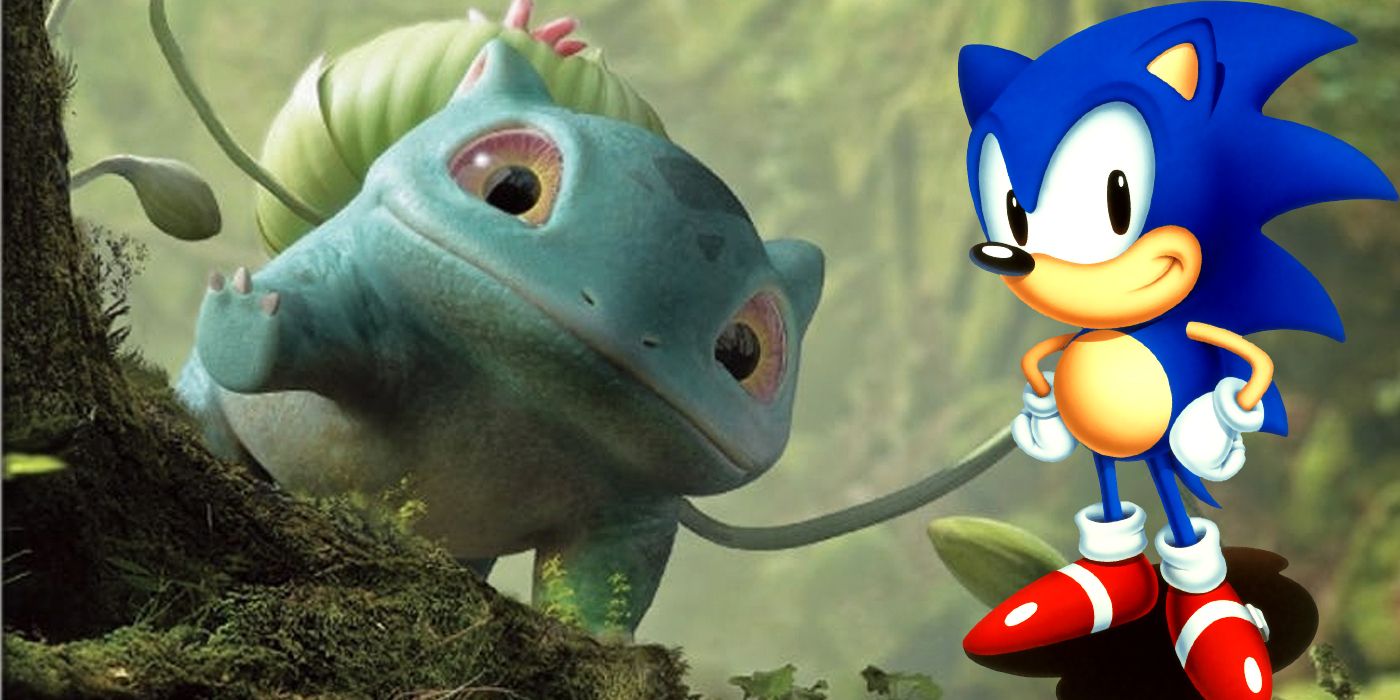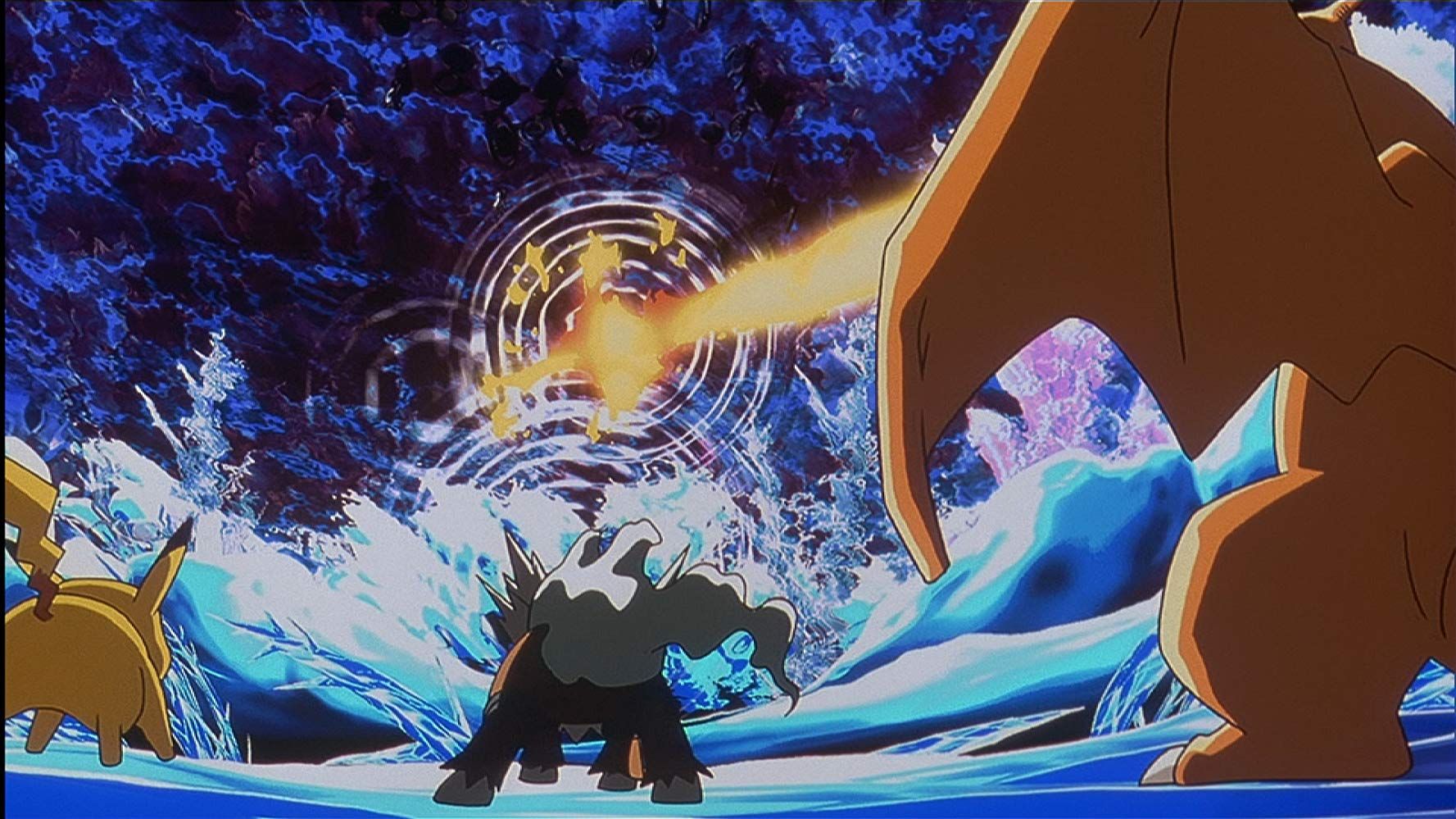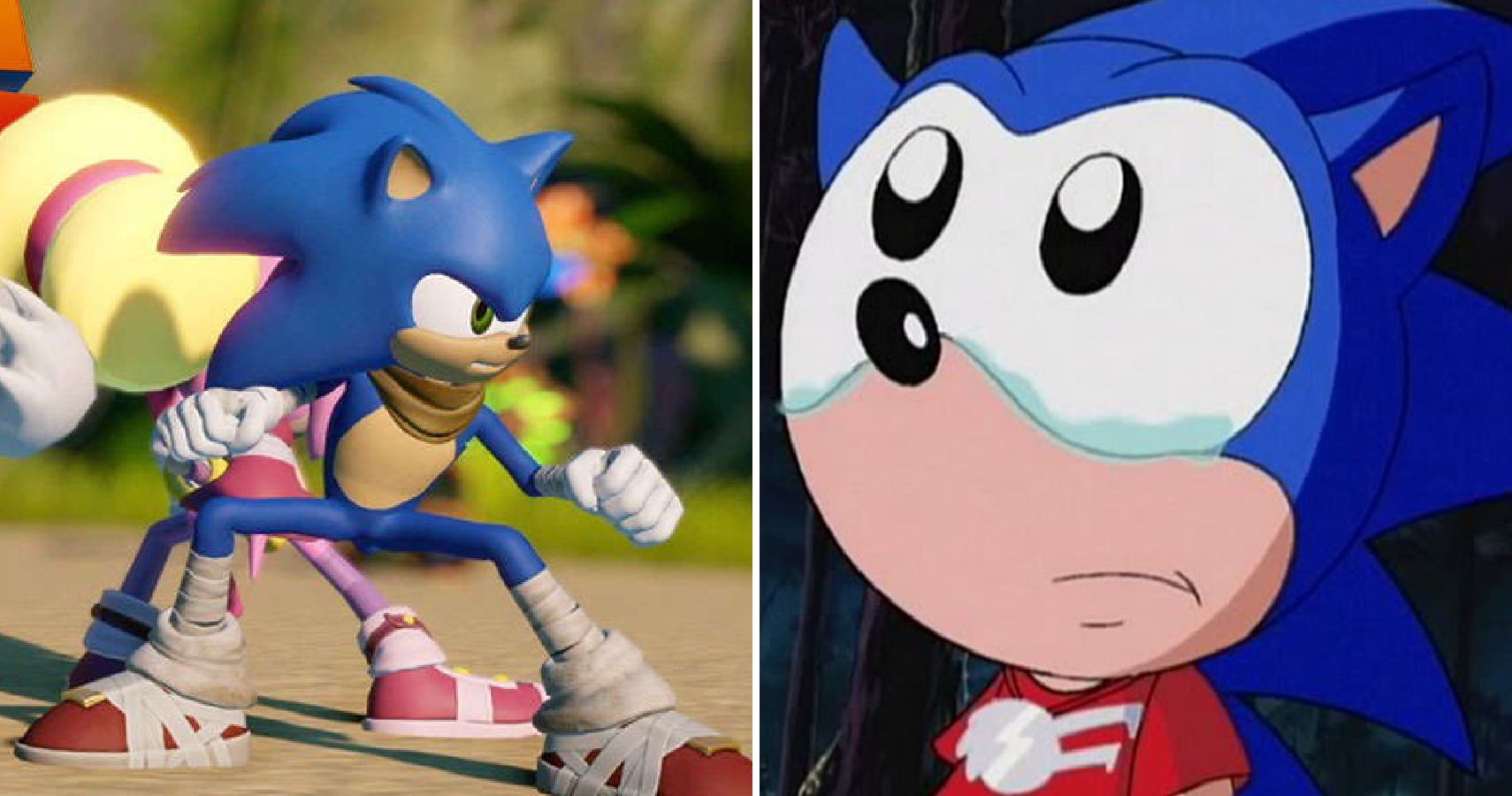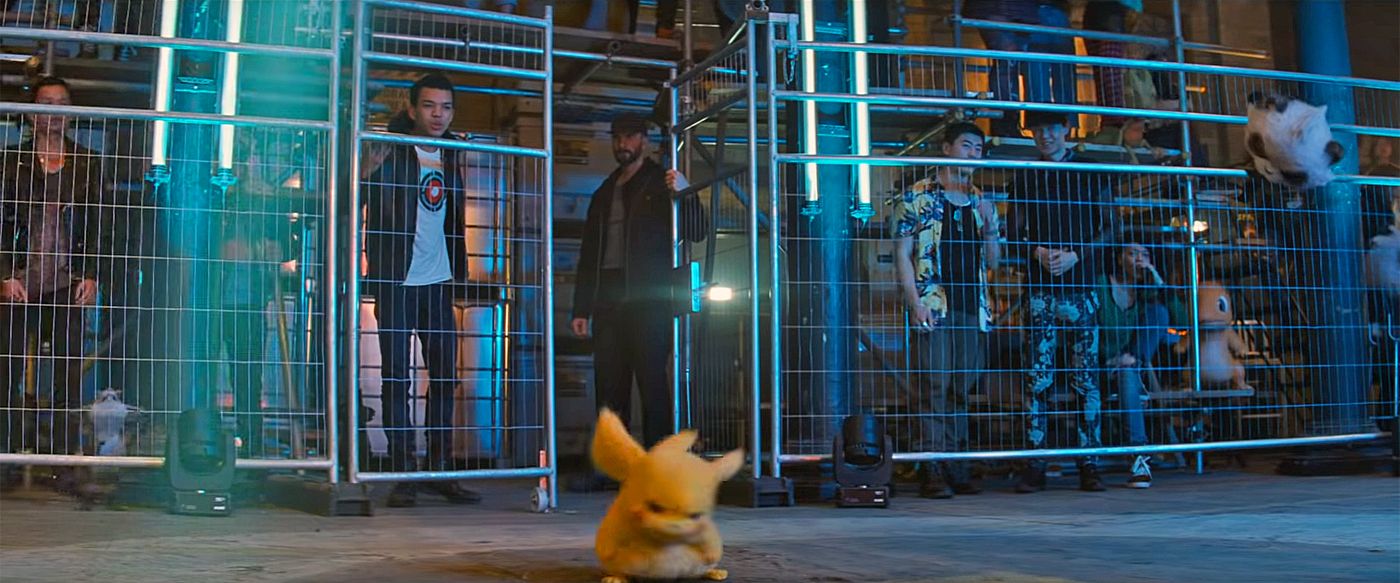From the moment Sonic the Hedgehog's since-redesigned live-action visage first hit the internet, fans were outraged. It's a pretty common reaction nowadays; fans rage at any changes made to a beloved franchise. This itself is not a problem. What is a problem is that the outrage implied that the directors of Sonic the Hedgehog misrepresented Sonic by designing him as, in essence, a human in a blue hedgehog suit.
To compound the issue, the trailer for the film came out mere days before the release of Detective Pikachu, a film that has received praise from fans and critics alike for somehow managing to adapt live-action Pokemon for the big screen. It may be easy to point at one film and call it "bad," but Sonic the Hedgehog's redesign is, in actuality, the most accurate depiction of Sonic as a franchise. It captures the essential problem with the whole game saga, revealing why Pokemon endures, but Sonic has fallen on hard times.
If It Ain't Broke
Pokemon as a franchise, from its anime to games to manga, runs on a single rule: If it ain't broke, don't fix it.
For all the criticism the series has received for keeping Ash as a 10-year-old and never changing the formula of its core games, this has been, in many respects, the key to its success. By never going out of its way to unnecessarily innovate, the series has managed to keep its core fanbase over the years.
But surely not everything stays the same, right? Naturally. The video games, television series and movies continue to add to the franchise, rather than take away from it. While the locations change, the core gameplay components don't. While they add Pokemon to each generation, they don't remove Pokemon from it. While the plots change, they don't stray too far from the familiar.
The core elements that fans fell in love with from day one are still there. They don't go away, but enough is changed to keep the experience fresh.
This is not to say that there are no points where Nintendo didn't try to innovate too much (anyone remember Pokemon Channel?), but these projects are rarely successful (except, perhaps, for Pokemon Snap).
Speedy Instability
On the other hand, Sonic has no core identity as a franchise. Oh, sure, the early Sega Genesis games do, and games that deliberately go back to that old style share it, but the franchise as a whole? No. Sonic the Hedgehog constantly reinvents itself, never really finding a consistent style to keep people interested.
The old Sega Genesis games were replaced by the Sega Saturn games (Sonic R, Sonic the Fighters), which were replaced by the Sonic Adventure games, which were replaced by games trying to capitalize on those games (including Shadow the Hedgehog and Sonic '06), and... you get the idea.
Sonic never found his way. As a franchise, the games kept on trying to innovate. When the 3D boom started, Sonic Team attempted to innovate by making Sonic "cool." This meant imitating other, more successful games, like Mario Kart and Virtual Fighter.
Sega couldn't figure out how to make a traditional 3D Sonic platformer until Sonic Adventure, and, while well-received, the game drew focus away from the core elements that made the Genesis games beloved, incorporating open-world adventuring and several new playable characters with drastically different gameplay modes. Rather than focus on a particular style, they kept trying to do more, innovate more.
But through this innovation and reinvention, Sonic lost his audience, only to keep building new audiences from the ground up. The characters people fell in love with were phased out for new ones, to varying degrees of success, or forced down audiences' throats to the point of nausea.
In the end, Sonic's identity is "being hip." From its inception, Sonic was the cool alternative to Mario. However, if you base your identity on trends, eventually those trends change. But can a franchise either reinvent the trend it started with or find a new trend to follow?
The Live-Action Films
This is ultimately where the live-action films come in. Detective Pikachu remains identifiable as a Pokemon property. Sure, it's a mystery plot based on a slightly more obscure game from the franchise, but the familiar elements remain consistent. Battles? Gyms? Pokemon? All recreated with an acute attention to detail.
On the other hand, Sonic the Hedgehog reinvented itself to appeal to its trendy audience. Or, at least, what its creative crew appears to see as trendy. Many of the tropes apparent in this film feel more at home with the live-action cartoon trend of the mid '00s and early '10s. Compare Sonic the Hedgehog to Transformers or Alvin and the Chipmunks. There are a number of similarities between those three. Cartoony character in a real setting? Military comes in? Radical redesign to make the character look cooler?
Sonic, despite always talking about going fast, seems to be trailing behind the trends, chasing them in order to find a visual identity. The trailer sold the film as Sonic, but unlike anything you've ever seen. Whereas Detective Pikachu offered fans a chance to see the world they adored all their childhood in live-action for the first time.




